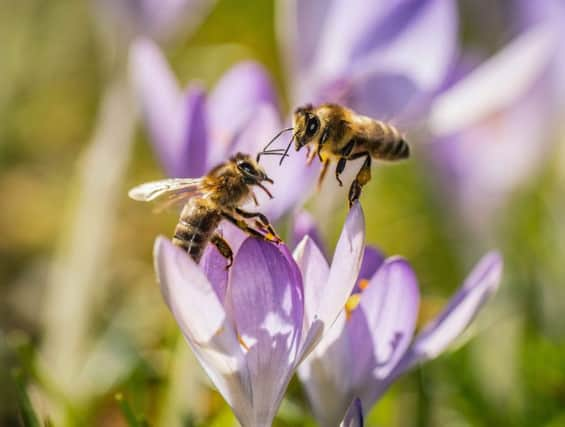Jonny Hughes: ‘Insectageddon’ reveals the scale of the challenge in the UK


Public interest in the protection of wildlife and natural landscapes grew steadily thereafter culminating in establishment of the Royal Society for the Protection of Birds in 1889, the passing of the National Trust Act in 1907 and the formation of the Society for the Protection of Nature Reserves in 1912, which would eventually evolve into the Wildlife Trusts federation. However, it wasn’t until 1960s that the “modern” conservation movement began, largely in response to a dawning realisation that chemical pollution and habitat destruction were becoming widespread, systemic threats.
Today, the RSPB, the Wildlife Trusts and the National Trust have a collective membership of over seven million and own hundreds of thousands of acres of land. We might assume this large and growing conservation movement is making a difference in reversing biodiversity loss. Yet a study published last week in the journal Biological Conservation reported that 40 percent of all insect species are in decline and could become extinct in the coming decades. This follows on from a report from Germany in 2017 where researchers reported insect biomass had declined by more than 75 percent in 63 protected areas over just 27 years.
Advertisement
Hide AdAdvertisement
Hide AdThe causes of these declines are complex and include pesticide use, climate change and the spread of invasive species. The implications of this so called “insectageddon” are unclear but are likely to include disruption of the functioning of the ecosystems on which we humans depend on for our food, medicines and shelter. So has the nature conservation movement failed in its mission over the past century? All the available biological indicators would suggest so. In addition to insects, several other species groups are declining. Seabirds in Scotland are down 62 per cent since 1982 and a staggering 97 per cent of wildflower-rich meadows have been lost in Britain in the past 100 years. On the face of it then, conservation charities are not delivering on their promises to save nature and need to do a lot better. But before you cancel any subscriptions, consider first where we would be if the conservation movement had never existed. In 2015, researchers attempted to answer this question through an experiment designed to quantify the effect conservation actions have had on the extinction risk of 235 large mammal species across the world. They concluded that without conservation at least 148 species would have deteriorated by one International Union for Conservation of Nature (IUCN) Red List category, including six species that now would be listed as extinct.
The overall decline in the conservation status of the mammals studied would have been nearly eight times worse. So the sixth mass extinction we are currently experiencing would be many times more severe had it not been for the efforts of conservation scientists and campaigners. We may well have already passed a point of no return on climate change and ecosystem collapse without them. The challenge now for nature charities is they need to grow significantly in size, influence and impact and secure much larger sums of money. If they fail to do this it won’t be just nature that suffers, it will be all of us.
l Jonny Hughes is chief executive of the Scottish Wildlife Trust. Follow him on Twitter @JonnyEcology